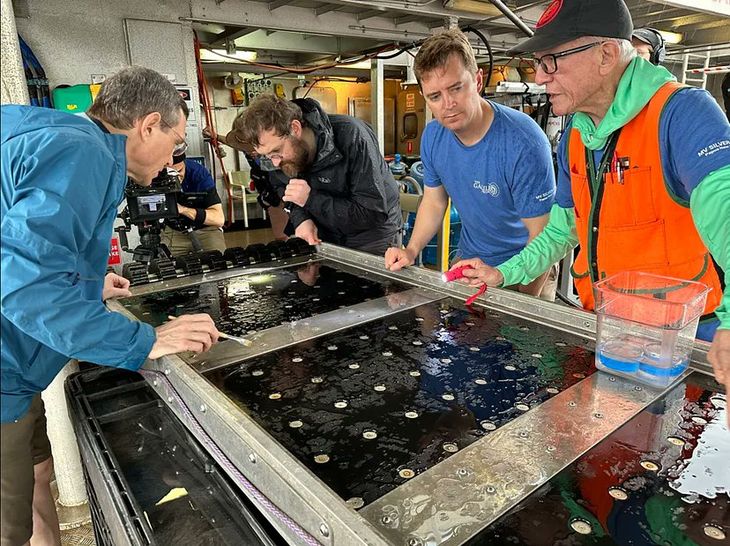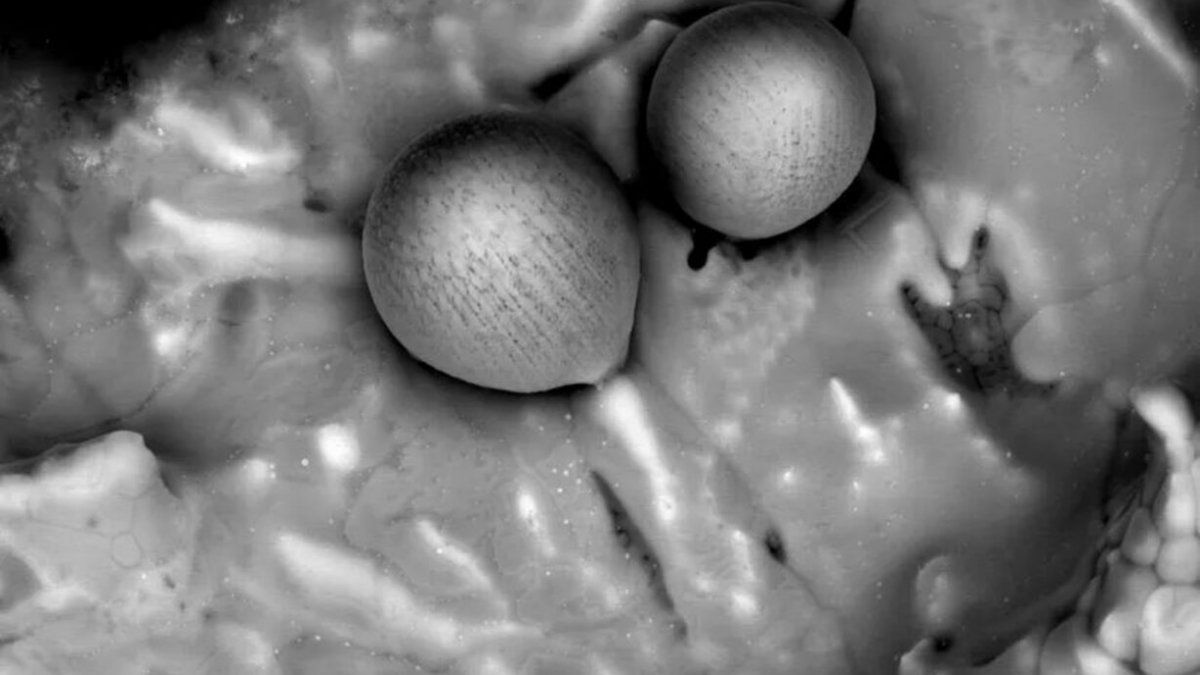A astrophysicist at Harvard Universityof USAcalled Abraham “Avi” Loebannounced that discovered material from outside our solar systemas a crucial part of his research on extraterrestrial life.
He scientist worked for several months in the “Galileo project” with his research team and with the support of international organizations such as the National Aeronautics and Space Administration (NASA)in finding remains of the interstellar object IM1That crashed into Earth in 2014. The new “spheres” were found in the Pacific Ocean in June, but now analysis says the material is extrasolar.
He material could even be from “alien technological origin” due to some unusual characteristics of the material, said the professor, who had previously claimed that the asteroid could have been an artificial object.
“It’s about a historical discovery because it represents the first time that scientists analyze materials from a large object that came to earth from outside the solar system“Loeb wrote in his ad.
meteorite spherules.jpg
Possible alien find in the Pacific Ocean
The expedition found about 700 spherules from June 14 to 28, 2023, through a magnetic sled deployed at the bottom of the ocean at a depth of two thousand meters, from the Silver Star ship.
The metal spherules found in the Pacific Ocean which they named in code “BeLaU“, due to its extremely high abundance of beryllium, lanthanum and uranium, has an ‘extrasolar’ composition.
It is believed that do not belong to the solar system because the boss of elemental abundance”does not match earth alloysfallout from nuclear explosions, oceanic abundances of magma from Earth or its Moon or Mars, or other natural meteorites“.
meteorite spherules.jpg

@UapsSpain
IM1 Meteorite
In 2014, an asteroid of about half a meter wide entered the earth’s atmosphere and fell into the Pacific Ocean, near the coast of the island of Papua New Guinea. The astronomer Avi Loeb, after the first analysis, determined that it could be an object of artificial origin, given its speed, trajectory and hardness.
Before entering the solar system, IM1 was moving at a speed of 60 kilometers. “It had a material resistance superior to that of all known space rocks and moved faster than 95% of all stars near the Sun ”, he explained.
Source: Ambito




